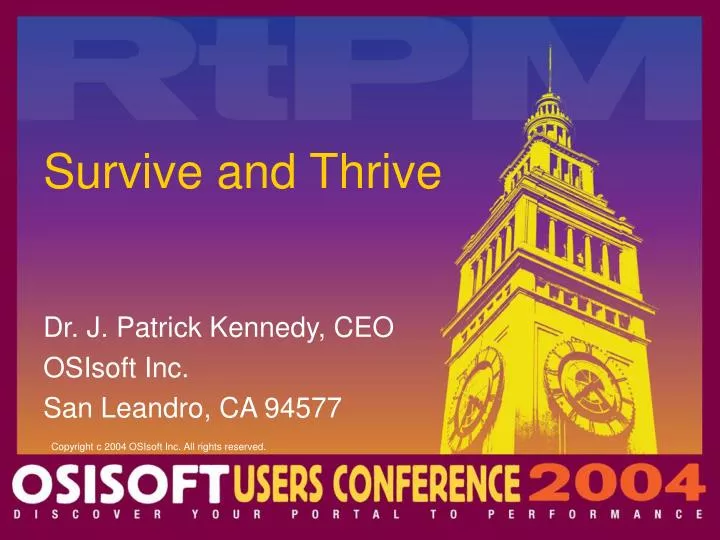
The 2016-2030 Global Strategy on Women’s, Children’s and Adolescents’ Health ( 2) builds on the previous Global Strategy on Women’s and Children’s Health ( 150), but explicitly, and for the first time, includes attention to adolescents. The Global Strategy for Women’s, Children’s and Adolescents’ Health This in turn will require strengthened local, national, regional, and global partnerships for sustainable development a commitment to reach across sectors clear and measurable objectives and explicit attention to the needs of the most vulnerable and marginalized groups. In order to take on the wide range of crosscutting issues included in the SDGs, it will be necessary to achieve greater intersectoral coherence, integration, and coordination of efforts. This reflects the fundamental assumption that health is both a major contributor to and a result of sustainable development policies.īox IV.1: Health in the Sustainable Development Goals There are many linkages between the health goal and other goals and targets (see Box IV.1). The 17 goals and 169 targets include one specific goal for health: “Ensure healthy lives and promote well-being for all at all ages.” That goal has 13 targets (see Annex IV.A and Annex IV.B). However, the goals also include a broad range of economic, social, and environmental objectives, offering the prospect of more peaceful and inclusive societies. Poverty eradication, health, education, and food security and nutrition remain priorities in the SDGs.

The 2030 Sustainable Development Agenda is of unprecedented scope and ambition ( 1). Further, new scientific and programmatic documents, such as the AAHA! ( 6) and the Lancet Commission report ( 3), make a strong case that investing in adolescents and youth is a requirement for development. In addition, the new Global Strategy for Women’s, Children’s and Adolescents’ Health puts adolescents and youth at the center of the SDGs, and central to achieving these goals. Major changes have taken place in the global landscape since the adoption of the Regional Strategy and the Plan of Action, including the sun-setting of the Millennium Development Goals and the adoption of the Sustainable Development Goals (SDGs), with a more ambitious and comprehensive agenda. That report also notes that this has been changing, and has been reinforced with the recognition in the EWEC global strategy and other recent global documents that adolescents occupy a pivotal position in global public health and could play a transformative role within the 2030 Agenda for Sustainable Development ( 149).

The 2017 progress report on the Every Woman Every Child (EWEC) Global Strategy on Women’s, Children’s and Adolescents’ Health ( 149) states that until recently, adolescent health was a neglected topic.


IV.2 The evolving nature of the adolescent and youth health agenda It takes into account the lessons learned from the past as well as the evolving global and regional health developments and commitments, and their implications for the construction of a new adolescent and youth health agenda for the Region beyond 2018, when the current Action Plan comes to an end. This part of the document presents a forward-looking perspective on adolescent and youth health. Survive, Thrive, Transform: Leaving No Young Person Behind in the Americas IV.1 Introduction


 0 kommentar(er)
0 kommentar(er)
